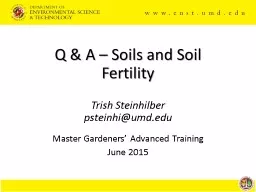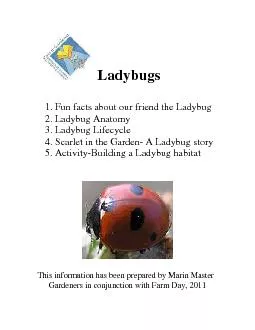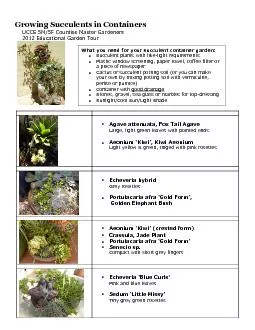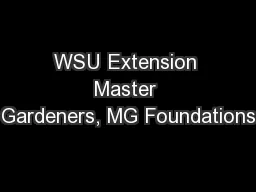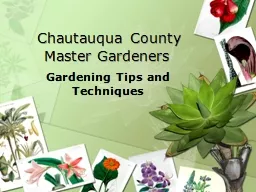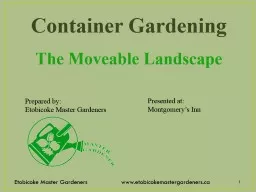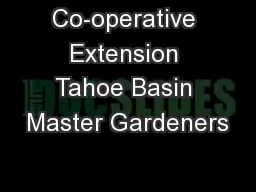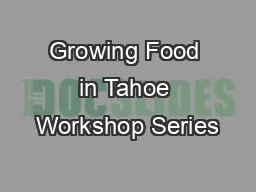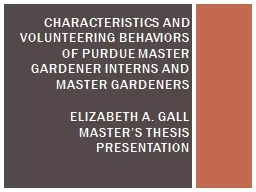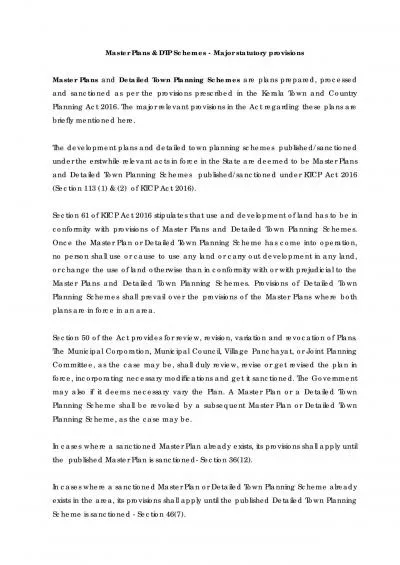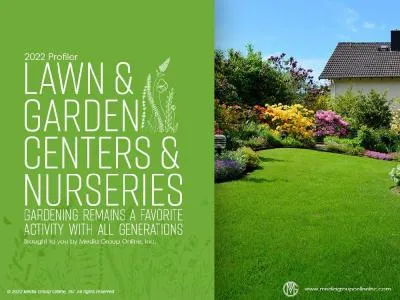PPT-Master Gardeners’ Advanced Training
Author : liane-varnes | Published Date : 2018-02-14
June 2015 Q amp A Soils and Soil Fertility Trish Steinhilber psteinhiumdedu soil solution soil air primary minerals secondary minerals residues and byproducts
Presentation Embed Code
Download Presentation
Download Presentation The PPT/PDF document "Master Gardeners’ Advanced Training" is the property of its rightful owner. Permission is granted to download and print the materials on this website for personal, non-commercial use only, and to display it on your personal computer provided you do not modify the materials and that you retain all copyright notices contained in the materials. By downloading content from our website, you accept the terms of this agreement.
Master Gardeners’ Advanced Training: Transcript
Download Rules Of Document
"Master Gardeners’ Advanced Training"The content belongs to its owner. You may download and print it for personal use, without modification, and keep all copyright notices. By downloading, you agree to these terms.
Related Documents

